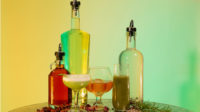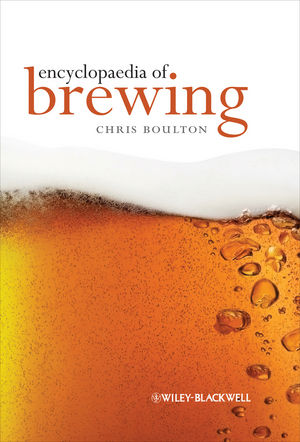Last Drop
2022 presents significant opportunities for US-based wine brands
Sparkling wine gains share against table wine

As popping corks or toasting with a glass of sparkling wine has long been tradition during celebratory and treat occasions, pent-up demand following pandemic lockdowns has only served to increase this segment’s growth, according to the latest OPM (On Premise Measurement) data from CGA.
“At a topline level, it’s no surprise that table wine holds the greatest share of the category (87.5%). However, sparkling wine is a growing segment that has been consistently popular among consumers recently and now holds a share of 10.7%,” it states. “In terms of the divide between white and red wine, there is a fairly even split with red holding a 47.5% share, white sitting at 45.5%, and the remainder made up of rosé and blends.”
Additionally, in terms of country of origin, U.S. consumers tend to buy local, with domestic wines holding a market share of 67%, according to the CGA data.
“Due to the tax challenges and importation costs faced by many non-U.S. based wine producers, there are even greater opportunities for domestic wines to increase their share in the U.S. On-Premise,” it states.
Meanwhile, in comparison to beer where the top brands hold a 58% market share, wine is extremely competitive, as the Top 10 wine brands make up just 17% of the category at large, according to CGA.
“This intensively disaggregated, competitive landscape has not eased since COVID-19, meaning that suppliers and distributors need to be on their game to drive consequential share gain,” it continues. “Strong tactics based on robust data have never been more important here.”
Patrick Bannon, CGA client director for Americas, added: “Now that consumers have properly returned to the on-premise, it’s important to understand if the drinking choices they made at home will be reflected in their on-premise selections. This is a challenge for all categories tied to experimentation and trade-up, but none more than wine.”
Looking for a reprint of this article?
From high-res PDFs to custom plaques, order your copy today!







